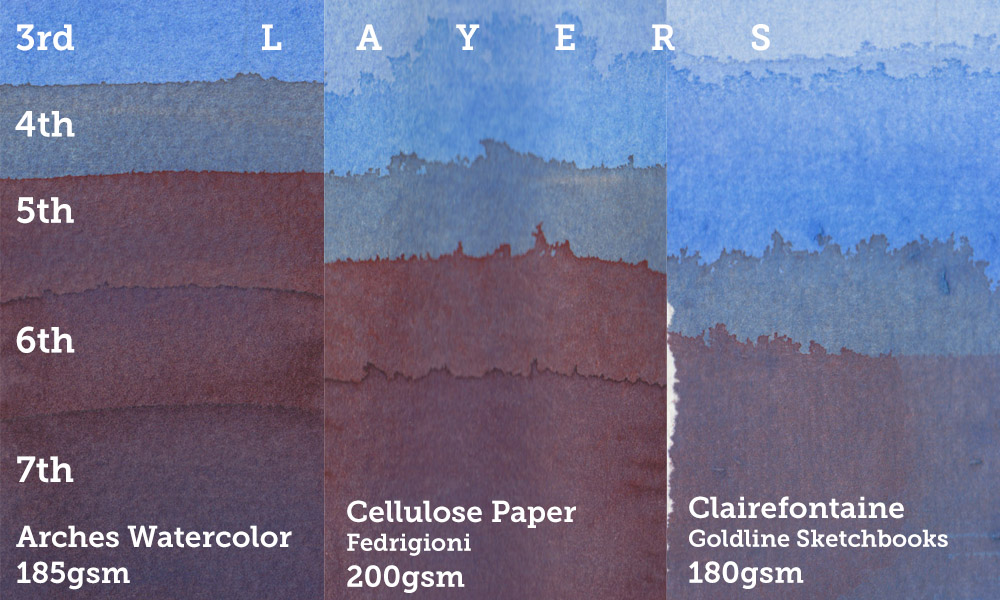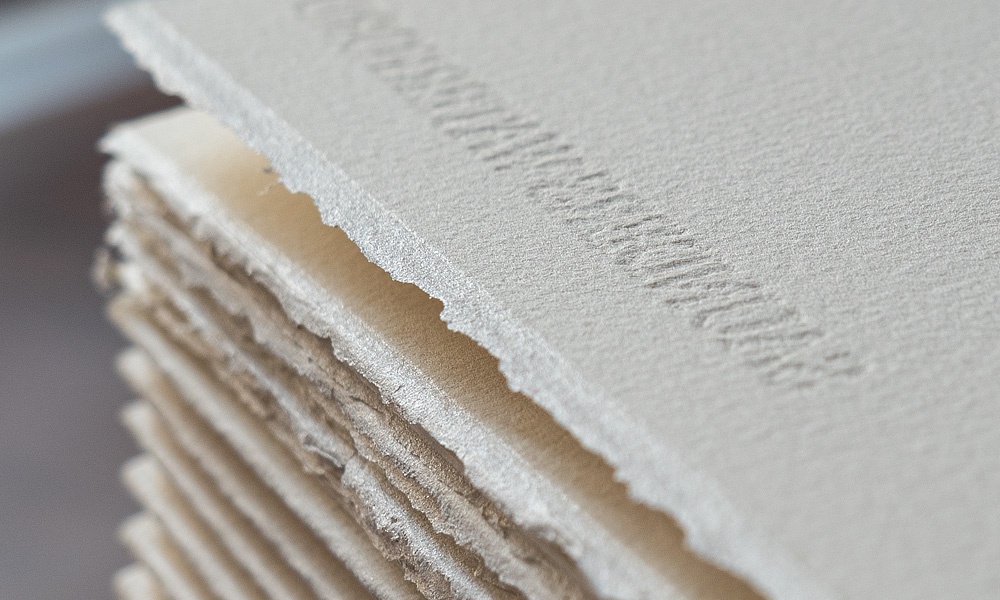
How to Choose the Right Weight of Cotton Paper for Your Art
How to Choose the Right Weight of Cotton Paper for Your Art
When it comes to selecting the perfect paper for your creative projects, understanding the difference between cotton and cellulose paper is essential. While paperweight (measured in gsm, or grams per square meter) might seem like the deciding factor, there’s much more to consider—especially the quality and texture of the paper itself.
Cotton vs. Cellulose: What’s the Difference?
If you’ve used 200gsm cellulose paper before and found it lacking, you’re not alone. Many artists assume that all 200gsm paper behaves the same, but this couldn’t be further from the truth. The key difference lies in the material:
- Cellulose Paper: Commonly found in beginner sketchbooks, cellulose paper is softer and less resilient. It’s typically not ideal for techniques like watercolor or heavy layering.
- Cotton Paper: Often referred to as watercolor paper, cotton paper is harder, more durable, and capable of handling demanding techniques without tearing or warping.
Put simply, 200gsm cotton paper is vastly superior to its cellulose counterpart—it feels sturdier, performs better, and offers more versatility, even with the same weight.

185gsm Arches 100%cotton vs 200gsm cellulose.

Many washes? Cotton not bleeding.
Why Choose 200gsm Cotton Paper?
If you’ve been disappointed by 200gsm cellulose paper, don’t dismiss 200gsm cotton paper just yet. Here’s why:
- Durable and Damage-Resistant: Despite being thinner than heavier papers, 200gsm cotton paper can withstand various techniques, from watercolor washes to gouache, pencils, and even fountain pens.
- Perfect for Everyday Use: It’s an excellent choice for daily sketching, offering the flexibility to experiment with different mediums.
- Longer-Lasting Sketchbooks: Thinner pages mean more sheets per sketchbook, giving you more room for your ideas.
In fact, 200gsm cotton paper is a fantastic all-rounder. Whether you’re drawing, painting, or using mixed media, it’s versatile enough to meet your needs while maintaining a lightweight, aesthetic profile when your sketchbook is full.

300gsm cotton paper

200gsm cotton paper
When to Opt for 300gsm Cotton Paper?
For those who work with heavy washes or intense watercolor techniques, 300gsm cotton paper is the ideal choice. Its thicker surface provides:
- Extra Strength: Perfect for handling multiple layers of paint or water without warping.
- Exceptional Durability: Sizing both internally and externally ensures the paper stands up to vigorous techniques.
However, 300gsm isn’t without its drawbacks:
- Longer Drying Times: The thicker adhesive layers slow down drying, which may affect your workflow.
- Less Smooth for Pencils and Pens: If you work with fine details, such as pencil sketches or fountain pen drawings, you may notice less precision compared to 200gsm paper.
For this reason, 300gsm cotton paper is best reserved for specialized projects or when your art requires a robust surface.
Quick Comparison
| Feature | 200gsm Cotton Paper | 300gsm Cotton Paper |
|---|---|---|
| Durability | Strong and versatile for daily use | Extremely strong for heavy washes |
| Techniques | Ideal for mixed media and lightweight painting | Best for intense watercolor and layering |
| Drying Time | Faster | Slower |
| Page Thickness | Thinner (more aesthetic in full sketchbooks) | Thicker |
Whether you’re an everyday sketcher or a watercolor enthusiast, choosing the right paper weight can make all the difference in your artistic journey. With KOVAL’s premium materials and thoughtful designs, you can confidently create on a surface that matches your vision.
So, which weight will you try first—200gsm or 300gsm?

Saunders Waterford 100%cotton, Traditional Mould Made paper



